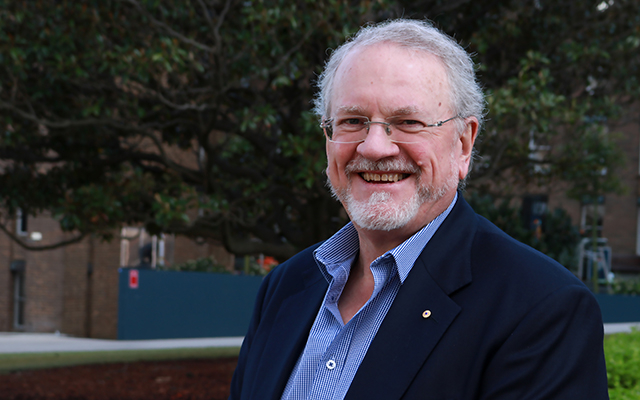

Our world is full of complex, often wicked, problems – climate change, food, energy and water security, wealth inequality and poverty, to name a few. These all require engineering expertise to solve but what exactly should the purpose of engineering be as it seeks to address these issues? Enter Humanitarian Engineering, an emerging practice that hopes to answer this question.
“Humanitarian Engineering actively addresses and prioritises disadvantaged, marginalised or vulnerable individuals and communities across the spectrum of short-term humanitarian action and long-term development, both domestically and internationally,” explains Dr Robert Care, Professor of Practice at UNSW Civil and Environmental Engineering.
Since its beginnings in the late 1980s, and more recently in the early 2000s, brought to the fore by Engineers Australia’s Year of Humanitarian Engineering in 2011, and growing rapidly since 2015 (particularly at universities), Humanitarian Engineering has increasingly captured the imagination of engineers, academics and students who are questioning what the profession means to them. Many are now pushing hard to promote, organise and grow this vital ‘people-centric’ engineering philosophy.
UNSW Engineering is one of the leaders in the field. Student-led chapters of Engineering World Health and Engineers Without Borders have had a longstanding presence on campus and over the last three to four years the Faculty has introduced subjects like Fundamentals of Humanitarian Engineering and Humanitarian Engineering Project. UNSW academics have also been heavily involved in establishing the Humanitarian Engineering Network of Australasia (HENA) in 2017.
Professor Care joined the school in 2016, bringing 45-years’ experience as a consulting engineer and almost five years’ experience with the NGO RedR Australia (Registered Engineers for Disaster Relief). His role has been to provide perspectives from industry and advice, but just as central to his brief has been the question, ‘What is the best way to professionalise the practice of Humanitarian Engineering?’
“Currently, there is no widely agreed body of knowledge, standards, professional recognition or competencies for the area, but with demand for Humanitarian Engineering set to grow exponentially, myself and others saw the need to establish a field of practice to help ensure best practice, enable benchmarking, and provide trust, quality and assurance to communities and society at large,” he says.
“Over the last two and a half years we have prosecuted this question to the point where we have agreement with Engineers Australia, through the College of Leadership and Management, to develop a Humanitarian Engineering Community of Practice (CoP).”
In what Professor Care believes to be a world first, the CoP will provide a structured vehicle for communication between interested parties both within engineering and beyond. “Ultimately, we see the CoP as a place where practitioners can come together, discuss best practice, share their understanding of what Humanitarian Engineering is, and provide opportunities for professional development.”
More information
The Community of Practice will officially launch in early 2020, but Professor Care is giving a taster at the upcoming World Engineers Convention in Melbourne on the 20 November. If you are interested in finding out more, there are multiple ways for interested parties to get involved. Please visit: https://humeng.engineersaustralia.org.au/
